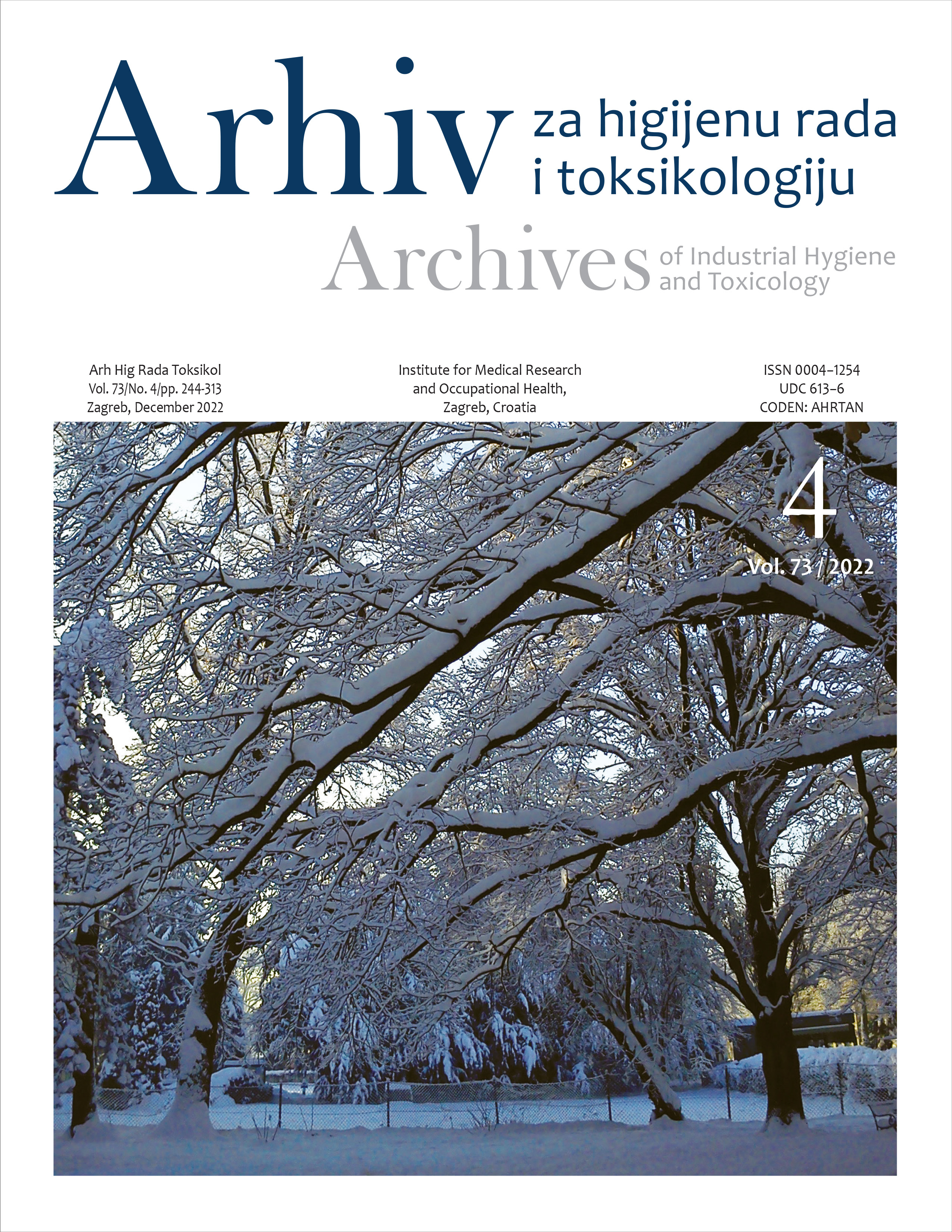Ozone disinfection efficiency against airborne microorganisms in hospital environment: a case study
DOI:
https://doi.org/10.2478/aiht-2022-73-3651Keywords:
aerosol, airborne bacteria, disinfection, hospital acquired infections, Micrococcus spp.Abstract
Even though ozone has shown its potential for air disinfection in hospital environment, its more frequent use has earned attention only with the COVID-19 pandemic due to its proven antimicrobial effect and low cost of production. The aim of this study was to determine its antimicrobial efficiency against the most common bacterial species in a real-life setting, that is, in the air of one postoperative room of the General Hospital Dr Ivo Pedišić (Sisak, Croatia). Air was sampled for aiborne bacteria before and after treatment with the ozone concentration of 15.71 mg/m3 for one hour. The most dominant Gram-positive bacteria of the genera Micrococcus, Staphylococcus, and Bacillus were reduced by 33 %, 58 %, and 61 %, respectively. The genus Micrococcus proved to be the most resistant. Considering our findings, we recommend longer air treatment with higher ozone concentrations in combination with mechanical cleaning and frequent ventilation.












